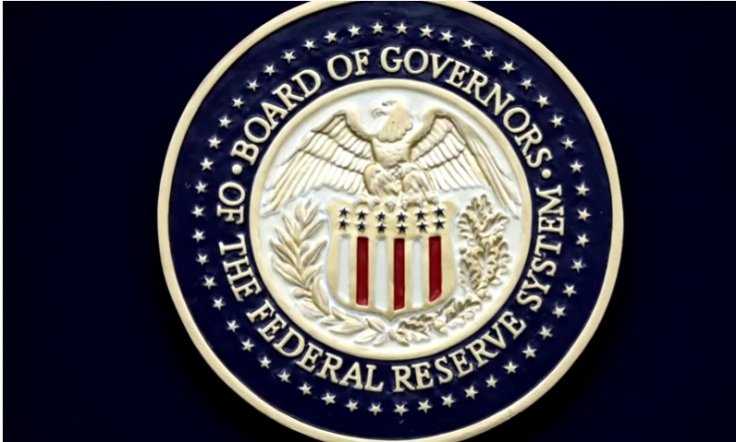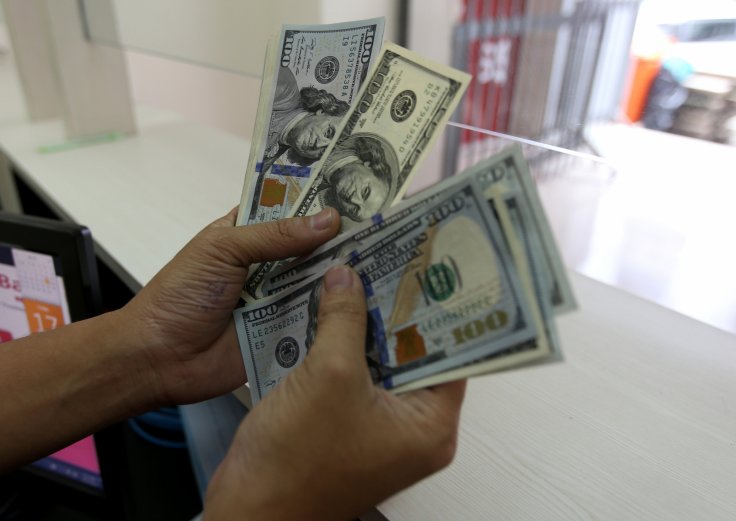Consumer prices in the US posted their smallest monthly gain since August 2021, suggesting that the contractionary economic policy of the Federal Reserve in the last two years is paying off and that the world's largest economy was unlikely to slip into a recession.
According to the Labor Department data, the consumer price index gained only 0.2 percent in June. In the 12 months through June, the index gained 3.0 percent, marking the smallest year-on-year increase since March 2021.

For comparison, at 3 percent, annual inflation recorded in June was just a third of what it was in June 2022, when prices had risen 9.1 percent.
These numbers showed that, while inflation was still edging up, the rate of increase was declining at a brisk pace. The CPI numbers were also lower than the projections of the economists. According to economists polled by Reuters, the CPI was set to rise 0.3 percent in June, while the annual rate of increase would have been 3.1 percent.
The cooling of inflation is a sign that the aggressive rate cutting by the Federal Reserve was working. Last month, the US central bank broke the rate-hiking spreeas it left the interest rates unchanged in its latest rate-setting meeting. It was for the first time after March 2022 that the Federal Reserve had refrained from hiking the benchmark rates, ending a stream of 10 consecutive hikes. In its latest meeting, the US Federal Reserve decided to maintain the key borrowing rate in a target range of 5 percent to 5.25 percent.

The downward trend in inflation also resulted in raising the purchasing power for consumers. As per data, private workers' Inflation-adjusted weekly earnings rose by 0.5 percent.
At the same time, significantly, inflation still remains above the central bank's target rate of 2 percent. "Inflation isn't dead, but the extraordinary pandemic push on prices from shortages and shift to stay-at-home purchases is clearly over, and the Fed for the first time has the upper hand in its inflation fight," Christopher Rupkey, chief economist at FWDBONDS, said, according to Reuters.
What is Disinflation?
This is a specific point in the fightback against inflation. Inflation still remains high but it is showing a declining trend albeit briefly. This is different from delfation, which is a fall in the overall price level.
Disinflation is a point where the inflation rate is falling but the overall inflation remains above target rates. This happens when prices are still rising, but at a slower rate than earlier. According to the Richmond Fed, this is like a "runner who slows down but still propels forward".

Generally, disinflation is the outcome of the aggressive contractionary Fed policy, which reins in money flow in the economy to slow down the price surge and shield the consumers.








